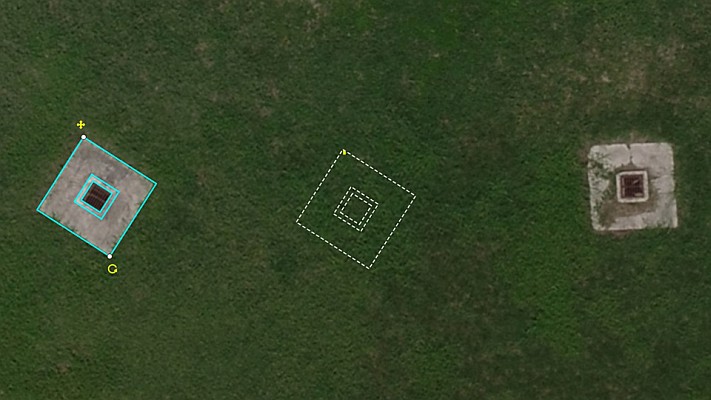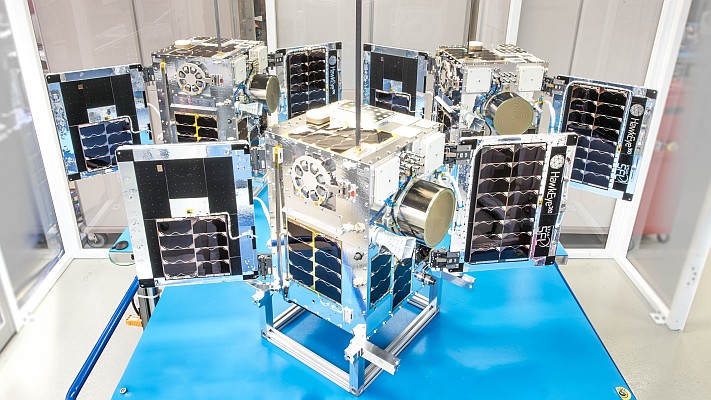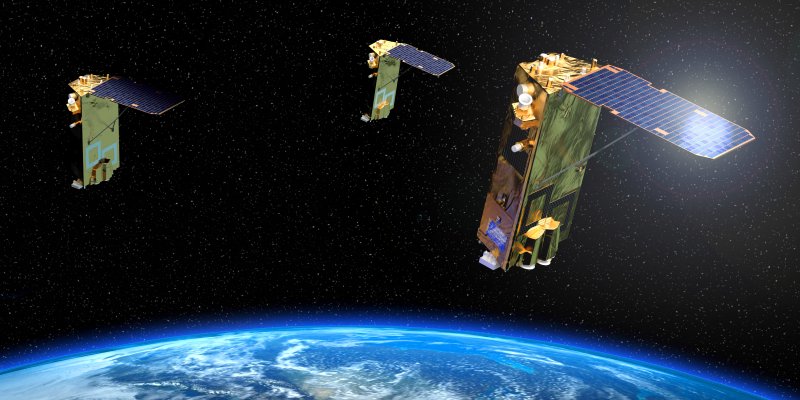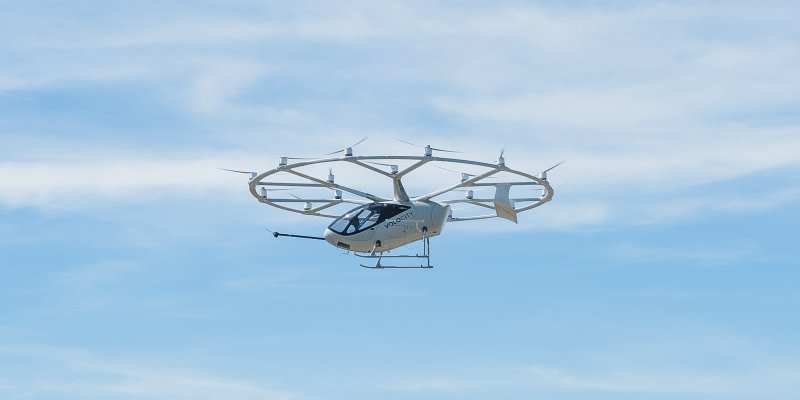A Cornell University expert on global positioning and satellite systems is warning they will be challenged as solar flare activity rises.
Paul Kintner.a professor of electrical and computer engineering, says an increasingly complex and brittle U.S. technical infrastructure has been created since 2004 — a period of minimum solar flare activity. And during future periods of solar activity, those systems will be tested for the first time.
"We have been observing the sun during the space age for only 50 years and we do not fully understand its behavior, especially the extremes of its behavior," Kintner said. "In 2006 there was an eruption of solar radiation 100 times more intense than expected that temporarily silenced many GPS receivers over the sun-lit Earth. What is the ultimate limit of such eruptions of solar energy? Is it 1,000 times more intense, 10,000 times more intense? We just don’t know."
Although the sun has been rather predictable during the past 50 or 60 years, it recently has become less predictable, Kintner said, noting such activity calls into question man’s understanding of how the sun operates and the ability to predict its impact on technology.
"However, we do know that our increasingly more efficient infrastructure is also less robust and more vulnerable," he said. "Space weather — such as the upcoming period of increased solar activity — will… test the vulnerabilities of our communications and navigation infrastructure."
Follow us on Twitter.






